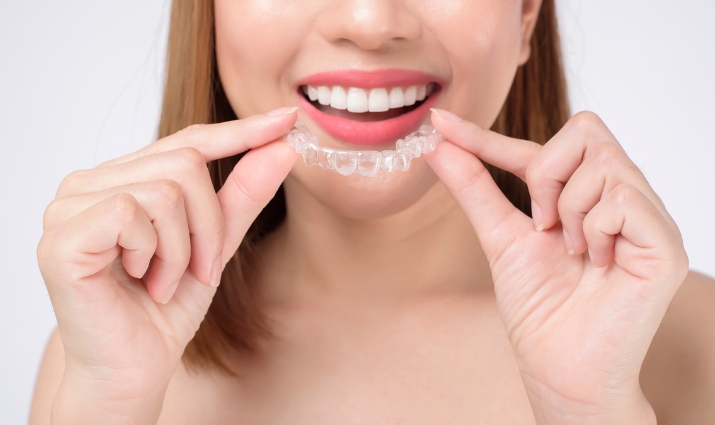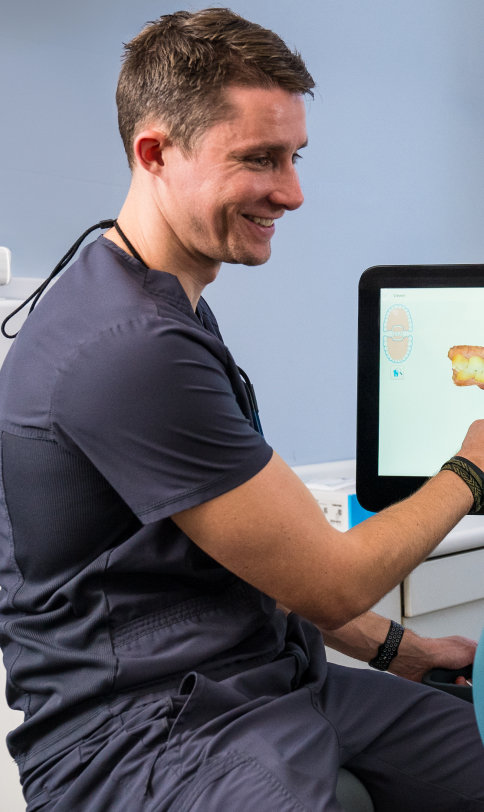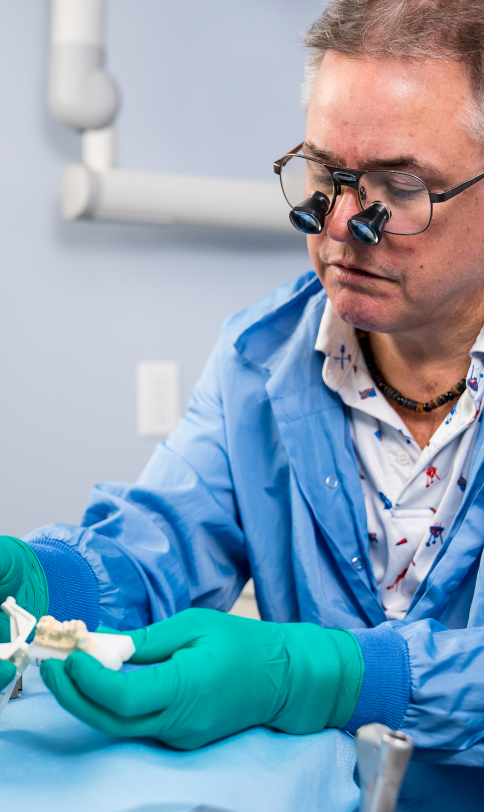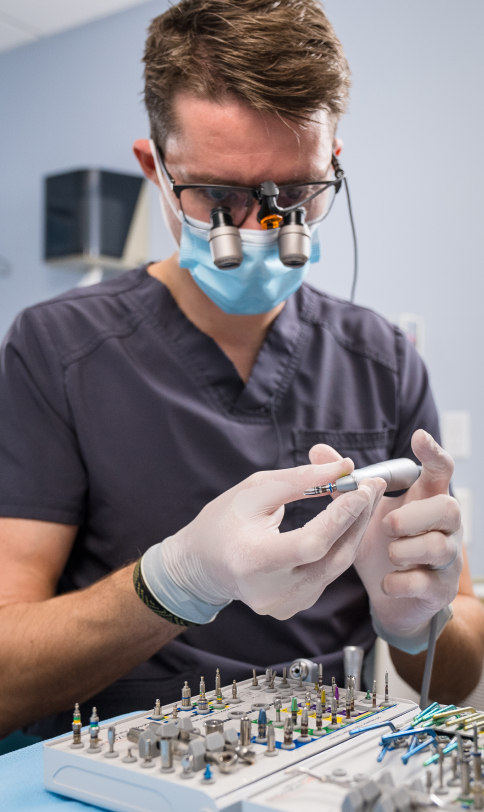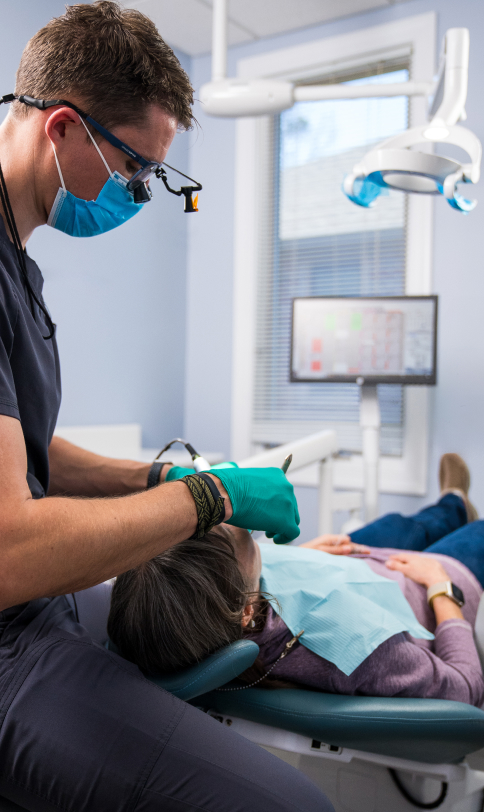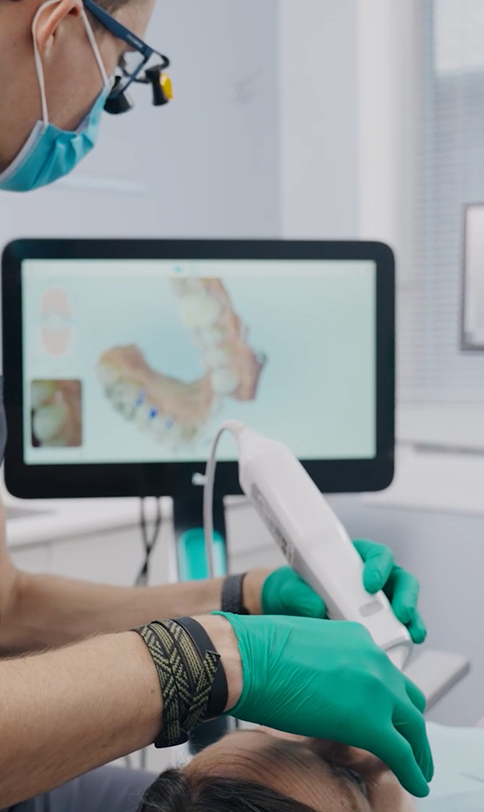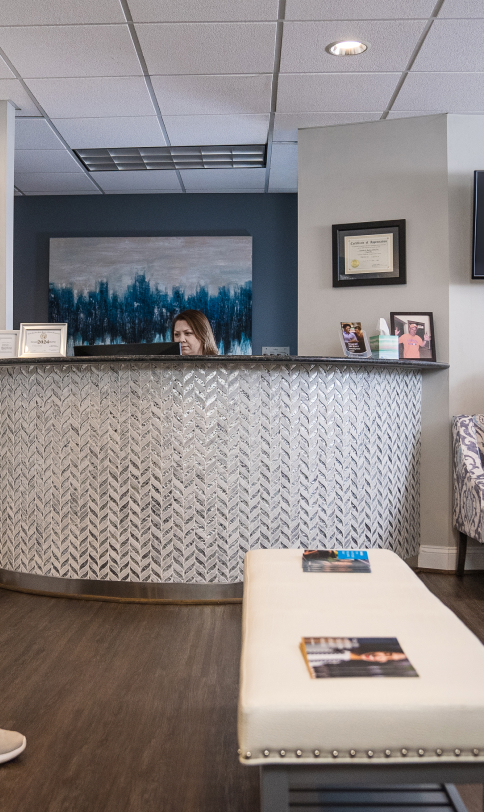Invisalign has changed how people straighten teeth. Instead of metal braces, patients now choose clear aligners. These trays are discreet, removable, and more comfortable. But many ask the same question—how crooked can your teeth be for Invisalign? Let’s explore the answer with help from a professional Invisalign dentist.
Invisalign Treats Many Types of Misalignment
First, it’s important to know that Invisalign isn’t just for mild cases. Today, it handles various issues. From crowded teeth to gaps and bite problems, Invisalign treats more than you think. Any Invisalign dentist having years of expertise can customize a plan that meets your needs.
Mild to Moderate Cases See Quick Results
Invisalign works best for mild to moderate misalignments. If your teeth slightly overlap or tilt, aligners are ideal. Small gaps between teeth also respond well to treatment. In these cases, patients see changes within months. Your Invisalign dentist in Cary may even complete treatment faster than braces.
Severe Crookedness? Invisalign May Still Work
Now, what if your teeth are severely crooked? Surprisingly, Invisalign may still be an option. Recent improvements in technology have expanded its reach. Advanced aligners and attachments help move stubborn teeth effectively. However, the treatment may take longer. Your Invisalign dentist might also combine aligners with other techniques for best results.
Attachments Make Invisalign More Powerful
Invisalign attachments are small, tooth-colored bumps placed on your teeth. They guide movement more precisely. These attachments allow aligners to handle tougher alignment issues. As a result, Invisalign can now correct complex rotations and vertical shifts. Your Invisalign dentist will decide if attachments are necessary.
Complex Bite Problems May Require Alternatives
Despite its versatility, Invisalign has some limits. Severe underbites or jaw misalignments may need surgery or braces. An experienced Invisalign dentist will examine your bite before treatment. If Invisalign alone can’t help, they’ll recommend alternatives. Sometimes, using Invisalign after other treatments delivers optimal results.
Treatment Time Varies by Case
The more crooked your teeth are, the longer treatment usually takes. Mild cases might finish in six months, while moderate or severe misalignments may need 12–24 months. However, Invisalign remains more comfortable and convenient than traditional options. Your Invisalign dentist will monitor progress and make adjustments as needed.
Consistency Is Key to Success
Even with crooked teeth, Invisalign works when worn consistently. You must wear trays for 20–22 hours daily. Remove them only to eat, drink (except water), and brush. Skipping days or hours can delay results. Therefore, discipline and routine play significant roles in your success.
Invisalign Works for Adults and Teens
Age doesn’t matter when it comes to alignment. Both adults and teens benefit from Invisalign. Many adult patients choose it for subtle correction without braces. Your Invisalign dentist will tailor a plan based on your age, goals, and dental history.
Regular Checkups Ensure Proper Progress
Invisalign treatment requires follow-up appointments every 6–8 weeks. During these visits, your Invisalign dentist checks progress, provides new aligners, and addresses concerns. Skipping visits can impact results. Fortunately, many dentists now offer virtual check-ins for added convenience.
Ask an Invisalign Dentist First
Invisalign can handle more crooked teeth than most people assume. Thanks to modern technology and expert planning, even complex cases may qualify. However, visiting a trusted Invisalign dentist is the only way to know. They’ll evaluate your smile, explain options, and design a plan that fits your goals. So, if you’ve been avoiding treatment because your teeth seem too crooked, think again. Invisalign could be the clear solution you’ve been waiting for.

